The project was developed in collaboration with Castello di Rivoli – Museo d’Arte Contemporanea.
The unique outline of the Lower Park of the Venaria and the centuries-old history of these gardens were the main inspiration for Giuseppe Penone. His project extends across almost five hectares of land adjacent to the Reggia, divided into specific sections.
The elevated ancient Lower Park, destroyed in the early 18th century, was built anew to house the Reggia’s technological utility plants underground. Penone’s project aimed to recreate the complexity of the 17th century garden where vegetal elements entwined with a vast number of sculptures and fountains that had completely disappeared: here lies the most original feature of the Gardens of Venaria.
The art project
Giuseppe Penone’s decision to preserve Castellamonte’s original layout that divided the Lower Park into a dozen sub-sections provide a spatial rhythm to the visit through the artworks, that create a sequence of visual breaks. Like the rooms of a museum, the sections of the Garden are organized sequentially, with rows of lime trees and birches delimiting the spaces of each artwork against the backdrop of Castellamonte’s architecture and the peaks of the Alps in the distance. In the Lower Park ancient history and contemporary sensitivity coexist also through the connection created by the artist between the materials used in his artistic creation and the natural elements.
The special focus on nature, the integration of sculpture and nature, and the changing of matter over time, are the ideas that have inspired the design of the Garden of Fluid Sculptures.
This is not the artist’s first project of permanent environmental installations.
For the famous historic garden of the Tuileries in Paris, Penone worked on squared sections and bosquets. He also created a garden in Turin that is located above the underground railway link where vegetation extends into a tree-shaped bifurcation.
“The structure of fluids is the same in each element. A river, a growing tree, a path, they all have similar forms”, wrote the artist with reference to this work, titled “Albero Giardino” (“Tree Garden”), that he conceived in 2000. In this open-air work human action and culture interact with natural elements, taking the form of paths laid out on the ground to create the outline of a tree.
The same dialogue between nature and the human component is found in Penone’s poetic and innovative sculptures in the Lower Park of the Reggia.
In the section of the Gardens located between Castellamonte’s retaining wall and the Great Pond Penone’s environmental works bring together natural elements – trees, hedges, tree trunks – and the materials that are typical of sculpture - bronze, stone and marble. The result is a lively scenery where visitors discover the beauty of nature and art, in a fascinating dialogue between the ancient and the contemporary.
The ponds and the decorative structures that were originally found here in the 17th century are no longer in place, but their size and shape inspired the artist - who worked on this project for two years - in the creation of the installations and sculptures that make up the Garden of Fluid Sculptures (2003-2007) in the Lower Park of the Reggia. The Garden of Fluid Sculptures is made up of fourteen works that provide an original re-interpretation of the Baroque Garden. The installations include Tra scorza e scorza (“Between Bark and Bark”), two monumental bronze tree barks enclosing a tall tree; Disegno d’acqua (“Water Sketch”), a shallow pool where a fingerprint appears and disappears; the large installation Pelle di marmo (“Marble Skin”), a four hundred square meter surface made of veined white marble slabs, in close proximity to the sculpture Anatomia (“Anatomy”), whose veins recall the flowing of natural elements. Two pivotal points of the Gardens are marked by the large installations Direzione “verso la luce” (Direction “Towards the Light”) - a monumental bronze tree - and Direzione “verso il centro della terra” (Direction “towards the center of the earth”) - a colossal bronze tree stuck into ground upside down and pointing to the center of the earth, positioned at the very edge of the garden.
The artist was able to design and to create this garden as a total artwork thanks to the unprecedented collaboration between all the participating institutions, which allowed for a comprehensive approach to the Lower Park of Venaria.

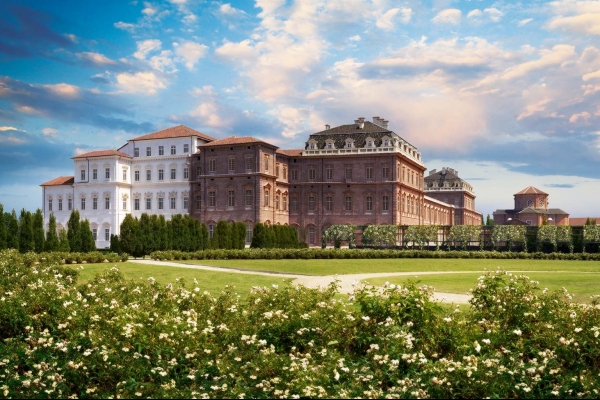
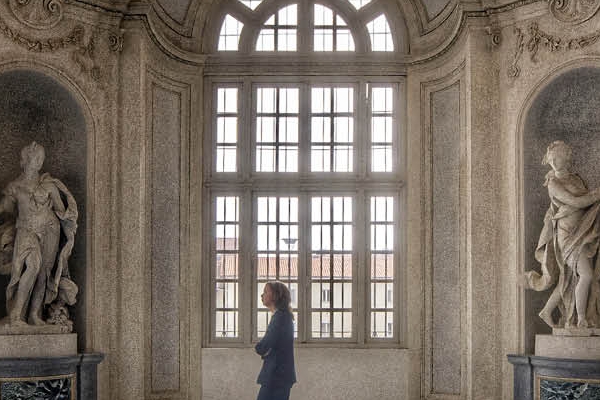
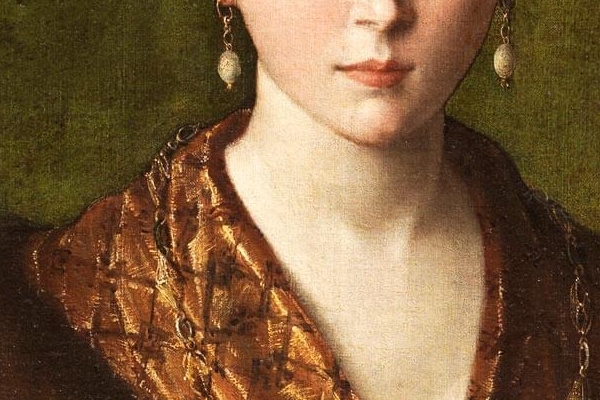

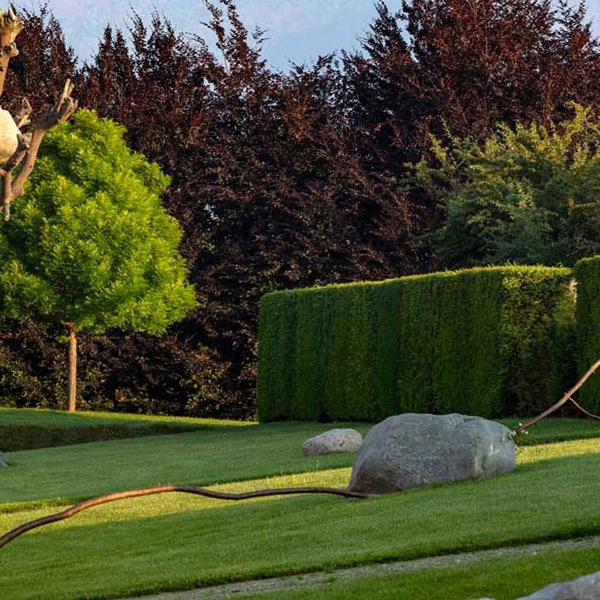
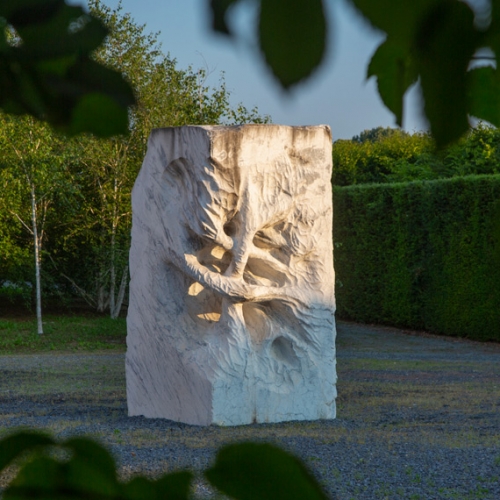

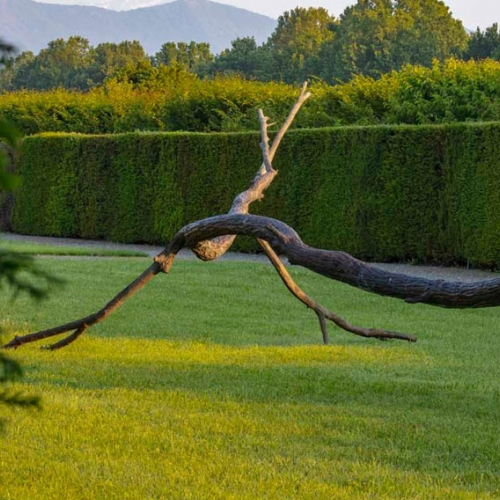

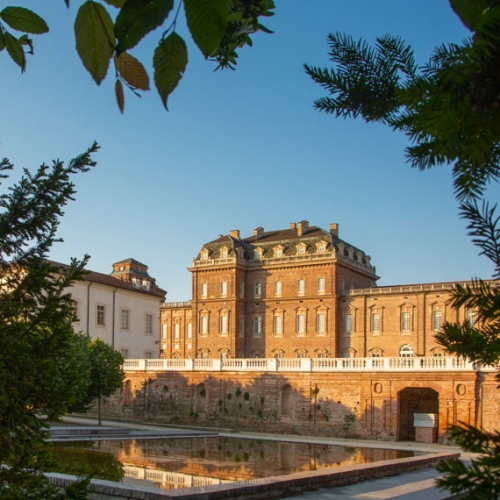

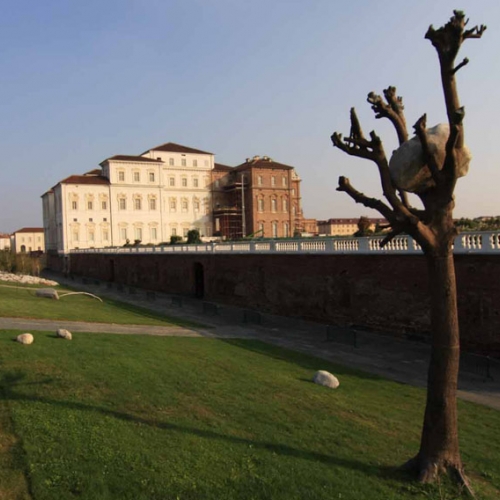
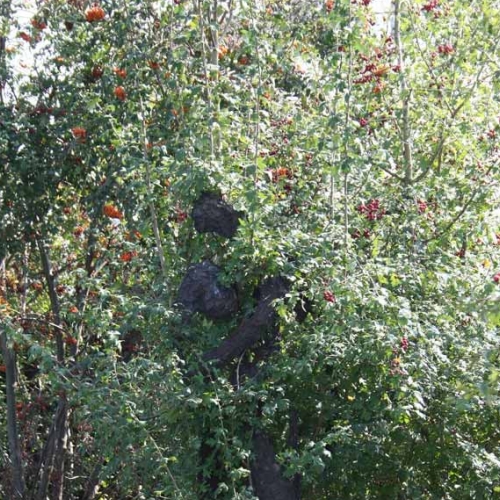
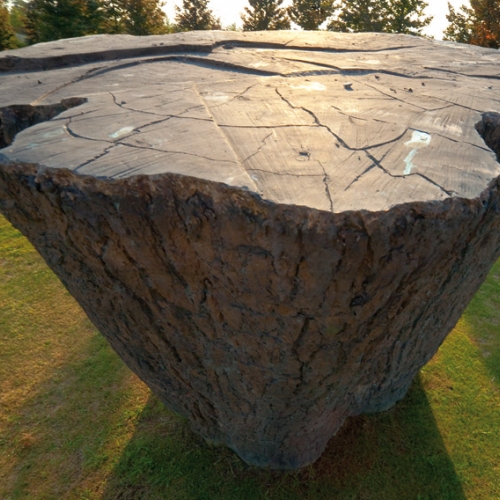
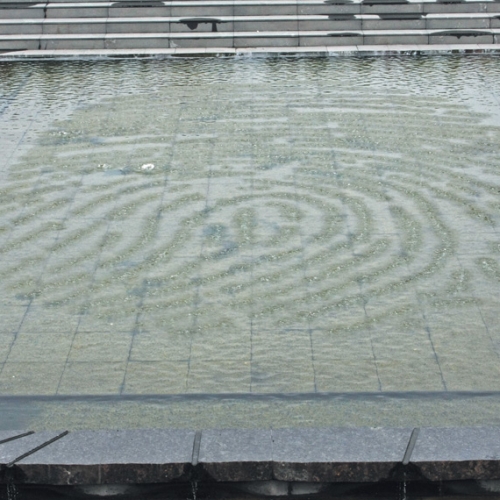
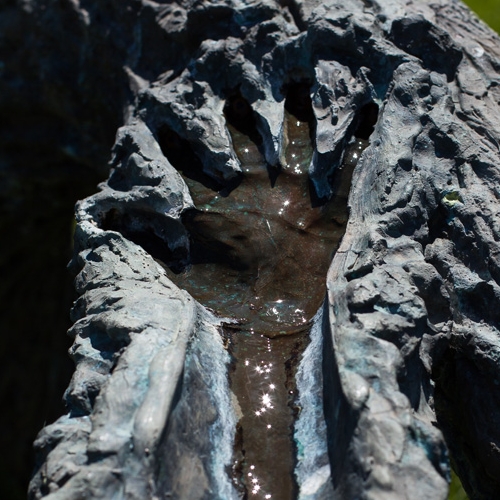
 Tickets
Tickets








